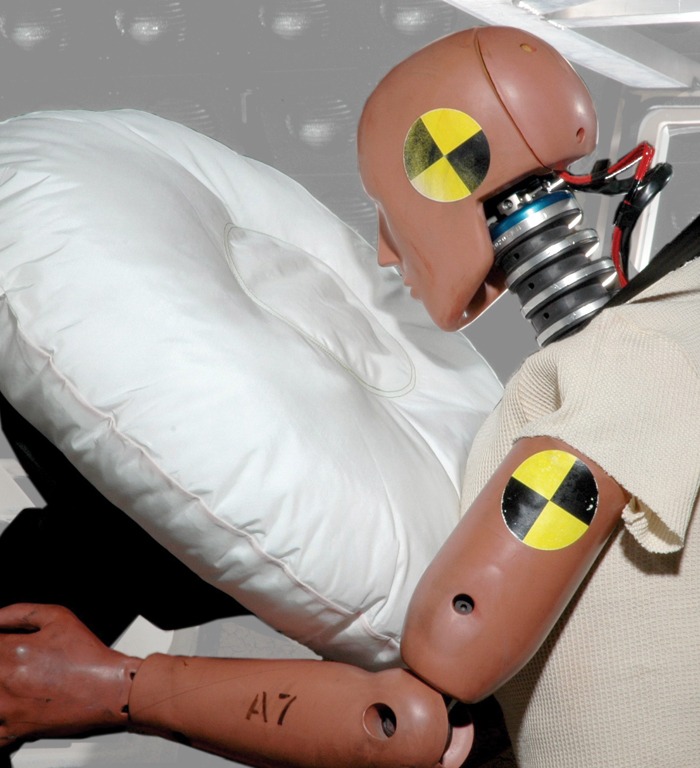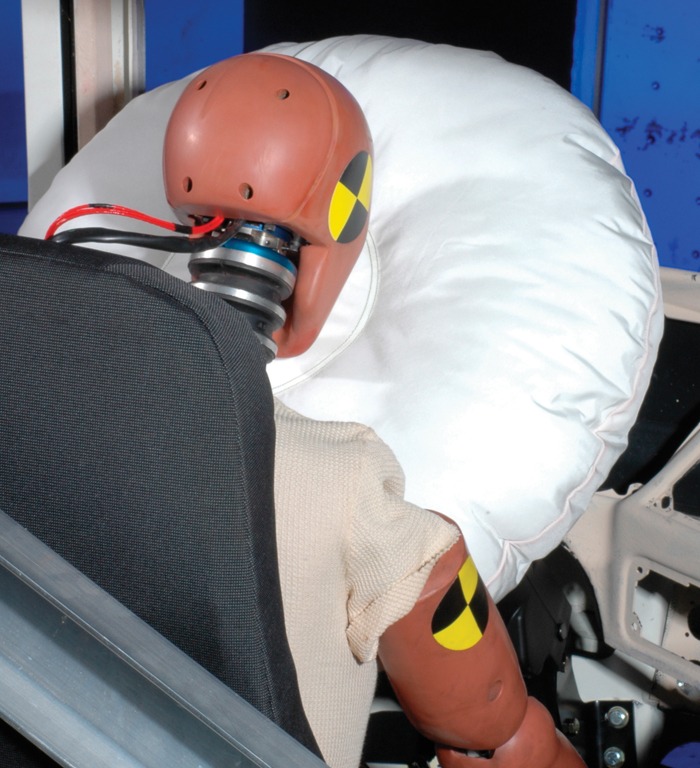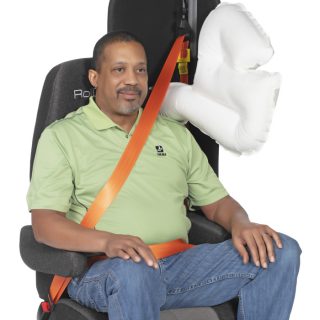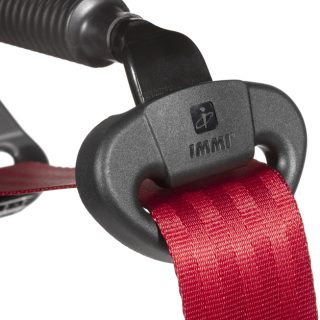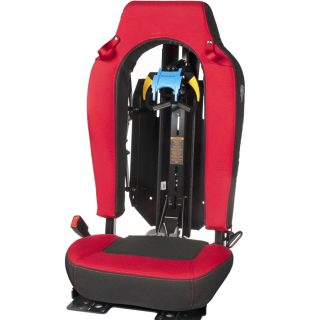The second leading cause of death for firefighters on the job is accidents in their apparatus. When a head-on collision is the most likely kind of crash they’ll face, frontal airbag protection is a must. IMMI’s 4Front works in the blink of an eye to reduce the risk of death or serious injury.
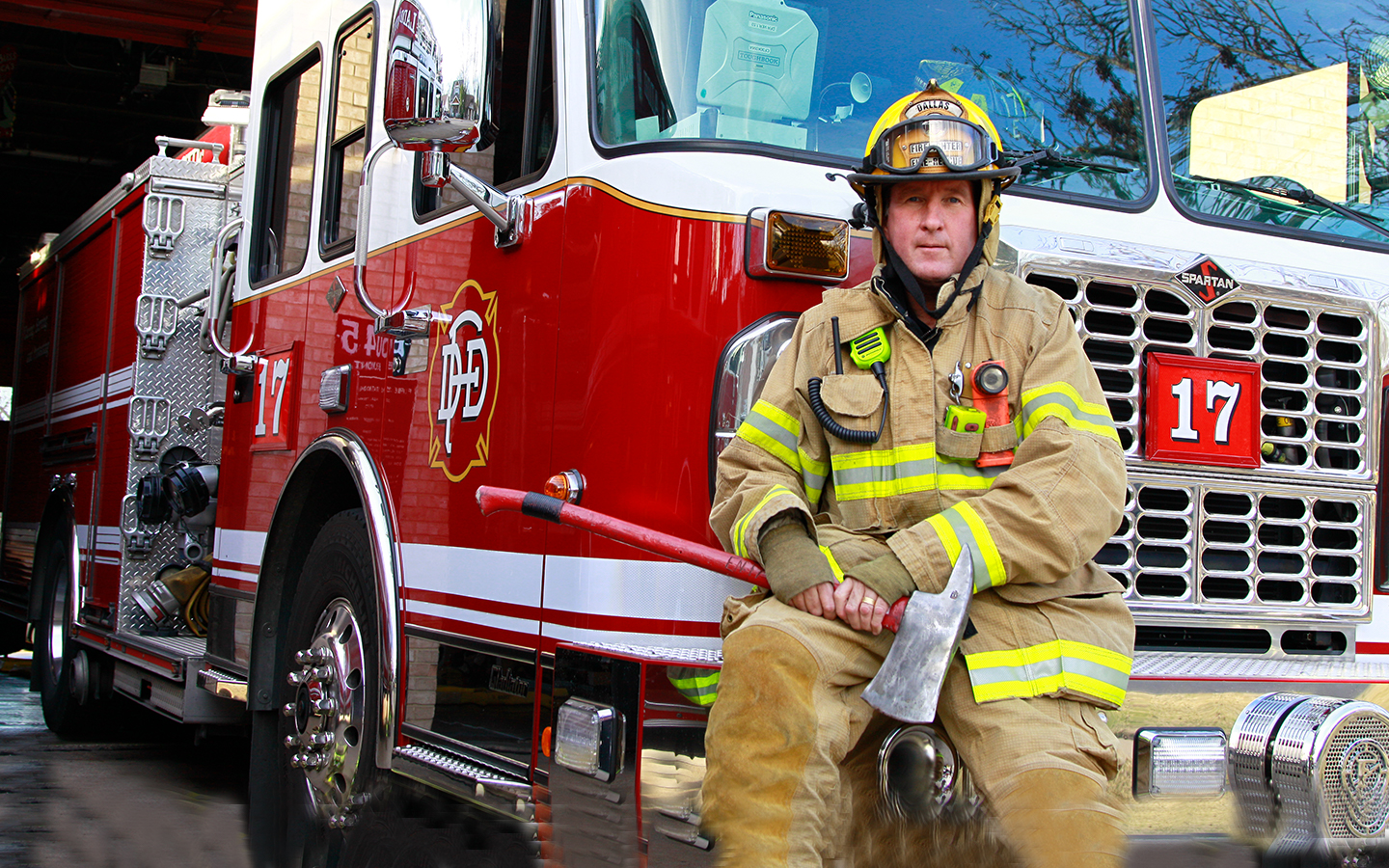
4Front
4Front Features
4Front Sensor
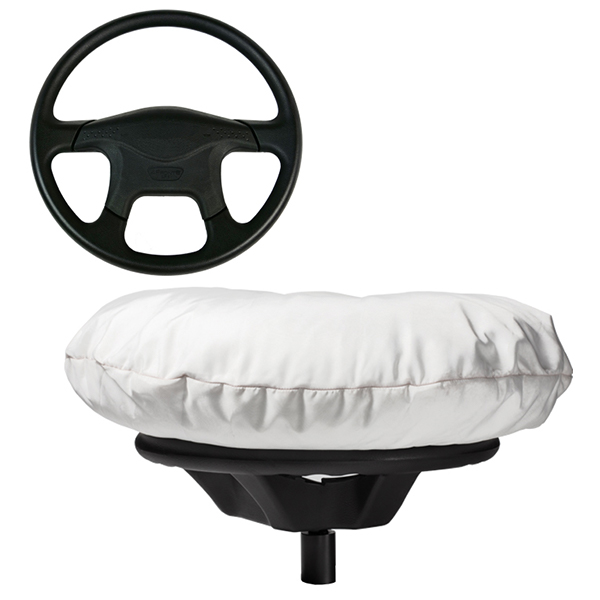
Seat Belt Pretensioners
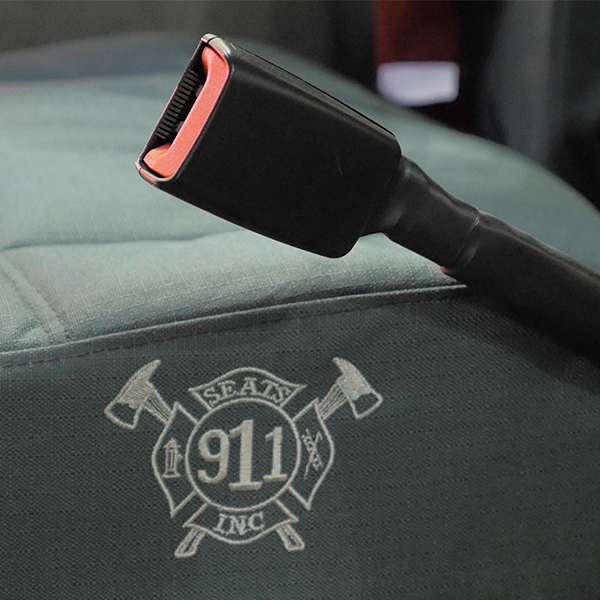
Steering Wheel Airbag
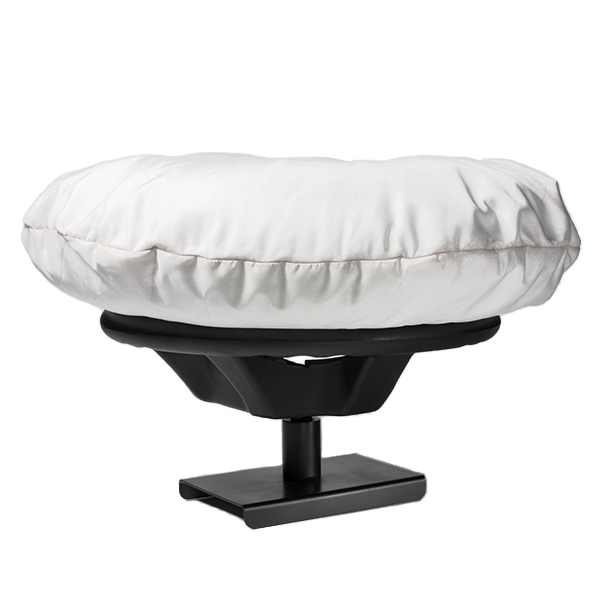
Knee Bolster Airbag
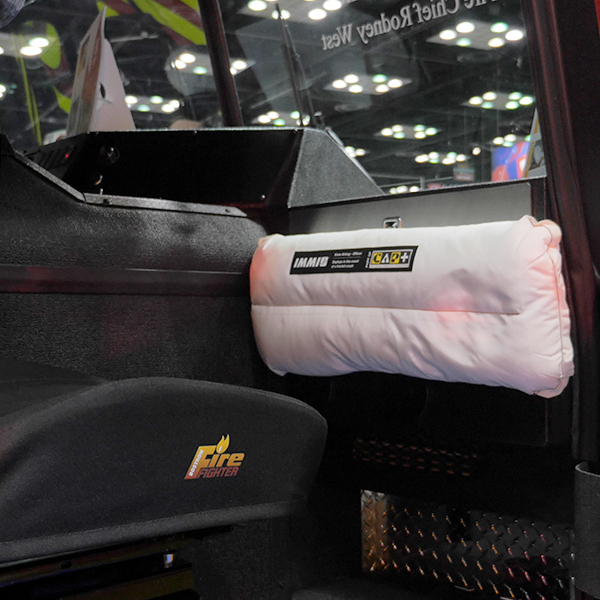
IMMI Steering Wheel
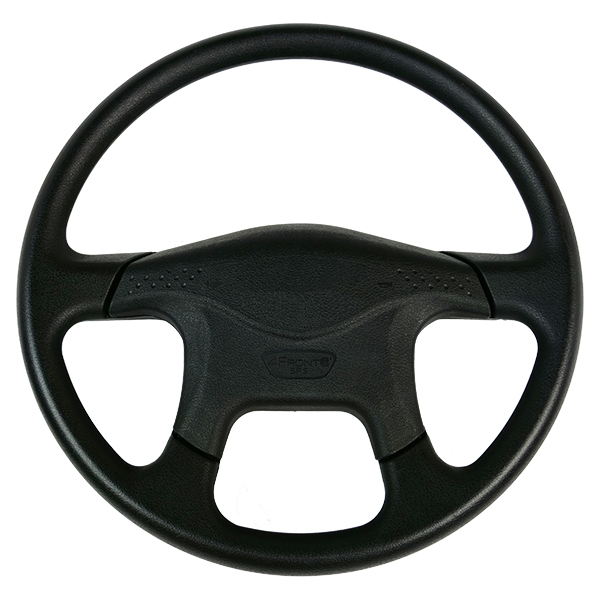
Safety Benefits
- Airbag designed to reduce the risk of death or serious injury in a frontal collision.
- Protects the driver’s head and neck.
- Optional knee bolster airbag protects the passenger’s knees.
- Extensively tested at CAPE, the Center for Advanced Product Evaluation, to ensure quality, reliability, and performance.
Related Industries
4Front FAQs
Technology
Q: What is the 4Front system?
+ ×A: 4Front is an advanced frontal airbag system for fire trucks that includes a sensor, buckle pretensioner, seat pull-down system, steering wheel airbag (driver’s side) and optional knee bolster airbags.
Q: How does the 4Front system work?
+ ×A: A sensor inside the cab monitors the truck’s longitudinal and lateral accelerations. If the sensor detects a frontal crash of significant magnitude, it sends a signal to initiate three events that provide frontal protection for the driver and first officer. First, the system tightens seat belts around the driver and first officer to position them securely in their seats. Second, it pulls down suspension seats to their lowest position to increase survivable space. Third, the system inflates a steering wheel airbag to protect the head and neck of the driver, while inflating knee bolster airbags to protect the knees. These subsystems work together to dramatically reduce the risk of fatality or severe injury in a frontal collision.
Q: What does the knee bolster do?
+ ×A: The inflatable knee bolster airbag is designed to cushion the impact of the knees with the bolster panel.
Q: Where is the 4Front frontal sensor located?
+ ×A: Location of the sensor is dependent on OEM and truck model.
Q: How is the 4Front steering wheel airbag different from the one in my car?
+ ×A: The 4Front steering wheel airbag is specifically designed for commercial vehicles. While passenger car airbags deploy primarily in a horizontal trajectory toward the driver, the 4Front airbag deploys vertically (toward the truck’s roof) while expanding outwardly at the same time. The reduced height-to-diameter ratio is designed to protect the driver’s chest from the wheel rim while also affording head and neck protection.
Q: Why isn’t there an airbag in the dashboard for the first officer position?
+ ×A: Vehicles have been dynamically tested to show that when the seat belt is properly worn, the first-officer ATD does not contact the dash. Furthermore, in the fire apparatus industry, the space in front of the first officer is often occupied by equipment such as laptops, communication devices, etc. This poses a concern for the occupants should an airbag deploy and displace these objects.
Deployment
Q: Will the 4Front system deploy if a driver is not wearing a seat belt?
+ ×A: Yes, the system will deploy regardless of whether the driver is wearing a seat belt. However, the 4Front system relies on seat belts as its core restraining device. Although unbelted passengers may be afforded some protection by the airbags, unrestrained occupants are not safe in a crash, and it is important that all vehicle occupants are seated and belted at all times.
Q: What fills the airbags?
+ ×A: The airbags fill with a non-toxic gas mixture comprised mostly of argon.
Q: Where does the smoke come from?
+ ×A: 4Front employs pyrotechnic components to activate the steering wheel airbag and knee bolster airbag. When the frontal sensor sends a signal, a small charge is used to activate these components resulting in the smoke you see.
Q: How long do the airbags remain inflated?
+ ×A: 4Front airbags are designed to rapidly deflate in order to properly manage the energy imparted by the decelerating firefighter. For this reason, the steering wheel bag is vented and will deflate in less than a quarter of a second after initial impact. The knee bolster airbag may remain inflated for longer durations.
Q: Is 4Front still live if my truck has been in a rollover or side impact?
+ ×A: Yes, 4Front is live until the system has deployed.
Q: If 4Front deploys, what do I need to know about rescue?
+ ×A: IMMI offers an educational program for first responders to assist them at the scene of an accident in which one or more vehicles involved have the RollTek side roll protection system or the 4Front frontal collision protection system installed. The Emergency Response Guide (ERG) provides guidance, recommended practices and procedures for dealing with a RollTek or 4Front system that has been breached, burned, deployed or has the potential to deploy during normal rescue and extrication activities.
Service and Availability
Q: Can 4Front be retrofitted into older apparatus?
+ ×A: No, 4Front is engineered into specific cabs and must be validated through a series of barrier tests before being made available on a truck platform.
Q: How much does the 4Front system cost?
+ ×A: Please contact IMMI for information on the cost of 4Front.
Q: How do I know if my 4Front system is operating properly?
+ ×A: If the system is inoperable, a fault light on the dash will remain on while you’re driving. A diagnostic tool is now available that reads all system faults and displays them in a graphical format.
Q: If 4Front has deployed, will I need to replace the 4Front system?
+ ×A: For your own safety, 4Front components are designed for one use. If your vehicle is involved in a rollover, the 4Front system must be replaced. Do not attempt to repair or restore any damaged components yourself.
Q: What is the service life of 4Front?
+ ×A: The 4Front system has a 15-year service life. Contact IMMI for more warranty information.
Q: Does 4Front meet Federal standards?
+ ×A: There are currently no Federal Motor Vehicle Safety Standards (FMVSS) that require anything more than a two-point belt for vehicles weighing more than 8,500 pounds. 4Front was developed with the guidance of Society of Automotive Engineers (SAE) standards for the design, manufacturing, operation and maintenance of commercial vehicles.

